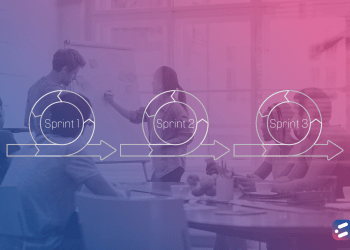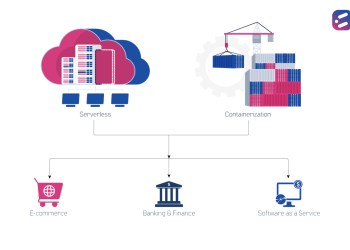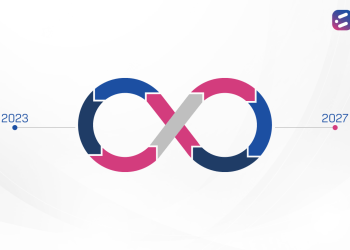Your exciting new product or application functionality is taking longer than expected to hit the market. This is a cause for concern due to two main reasons; the demanding modern customer and the highly competitive market! However, it is not right to let the need for speed affect the quality of what you deliver. Testing and quality assurance are important functions that must be integrated into the software development cycle and should not be compromised. You need to find a balance between timely delivery and quality delivery.
And that’s not the only challenge your innovation will face! In addition to the demand for shorter release cycles, you will also need to manage development and operations simultaneously, continuously ensure collaboration between teams, and make sure costs don’t escalate. If only there were a way to address all of these challenges together!
Do it with an efficient DevOps cycle
DevOps – you’ve probably heard the name before! Development and Operations come together to form this unique approach to software development. In addition to shorter development cycles, facilitating early identification of code defects, managing downtimes, ensuring quick recovery from failures, and improving efficiency can all be achieved with an efficient DevOps cycle!
Follow these steps in your DevOps cycle:
- Continuous Planning
Start out with creating a rough picture of the kind of application you wish to develop along with the outcome you wish to achieve through it. Then identify the skills and resources you need to do this.
- Collaborative Development
Once you have a rough plan in place, it’s time to sketch out a plan for programming. Carry out the required coding, keeping the client in mind and proceed to build the application through the integration of codes.
- Continuous Testing
After every small build, carry out unit and integration testing. This will not only catch errors early, improving the quality of the overall application but also increase the efficiency and speed of the development process. Undertake test automation for maximum efficiency and minimal manual intervention.
- Continuous Release and Continuous Deployment
Now that it’s time to release, deploy the code (to production servers), and operationalize whatever has passed the testing phase. This, again, must be a non-stop process that keeps recurring with the development and testing of each part of the application.
- Continuous Monitoring
Finally, keep monitoring the performance of the application. Record and use the information about the use of your application to check for any variations from expected outcomes, address bugs and errors instantaneously, and maintain security and availability at all times. Back up continuous monitoring with continuous improvement to meet evolving customer expectations.
- Feedback and Optimization
In addition to continuous improvement through monitoring, aim to optimize the application based on actual feedback from end-users. Do this proactively to ensure you are always delivering the best quality.
These six steps need to be carried out, on loop, as part of the DevOps lifecycle. Building code not only involves compilation but it also includes code review, unit testing, integration testing, and packaging. Use this in conjunction with CD pipelines, CI tools, and containers, preferably with a microservices architecture.
CloudNow’s DevOps Services
With our DevOps approach, we combined cutting edge technology and robust processes to help a large global bank resolve delivery and downtime challenges. From planning, coding, and building the application, to carrying out thorough testing and quality assurance before deployment as well as monitoring and improvements after release – our service took care of it all! Read the full case study here.
At CloudNow, we understand DevOps in the context of your business and help you leverage this approach for the best results. Get in touch with us to gain the DevOps edge today!













